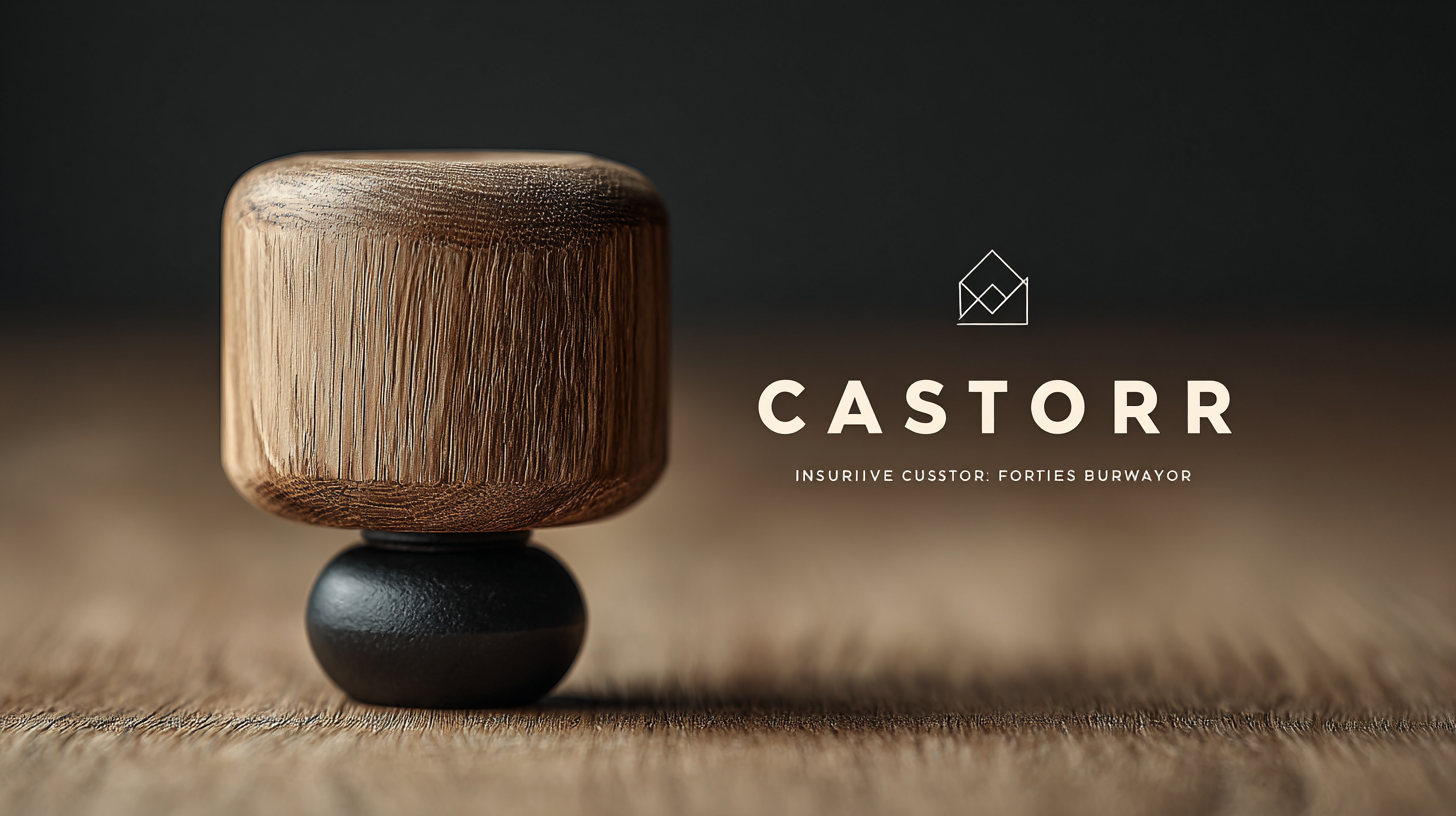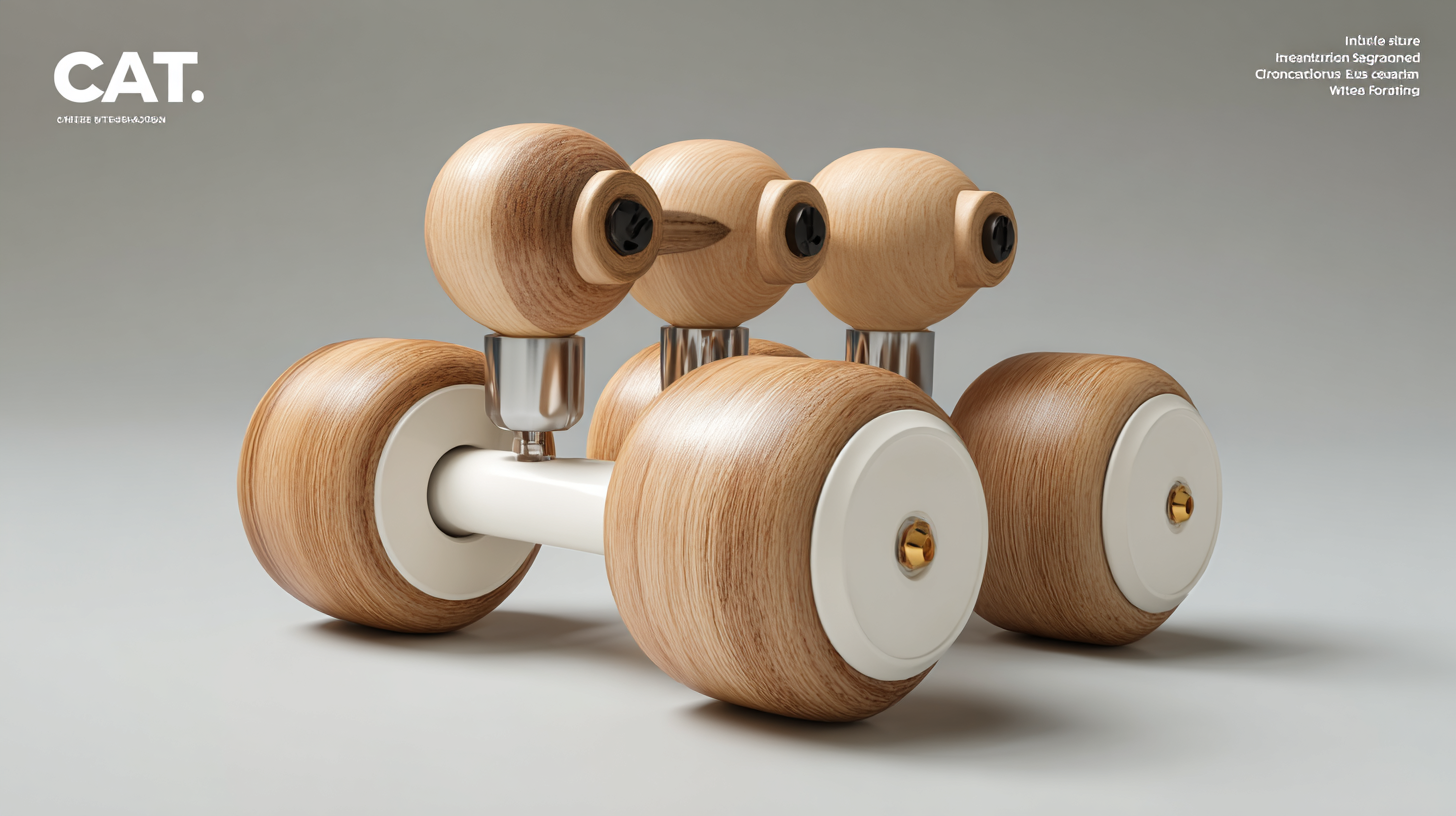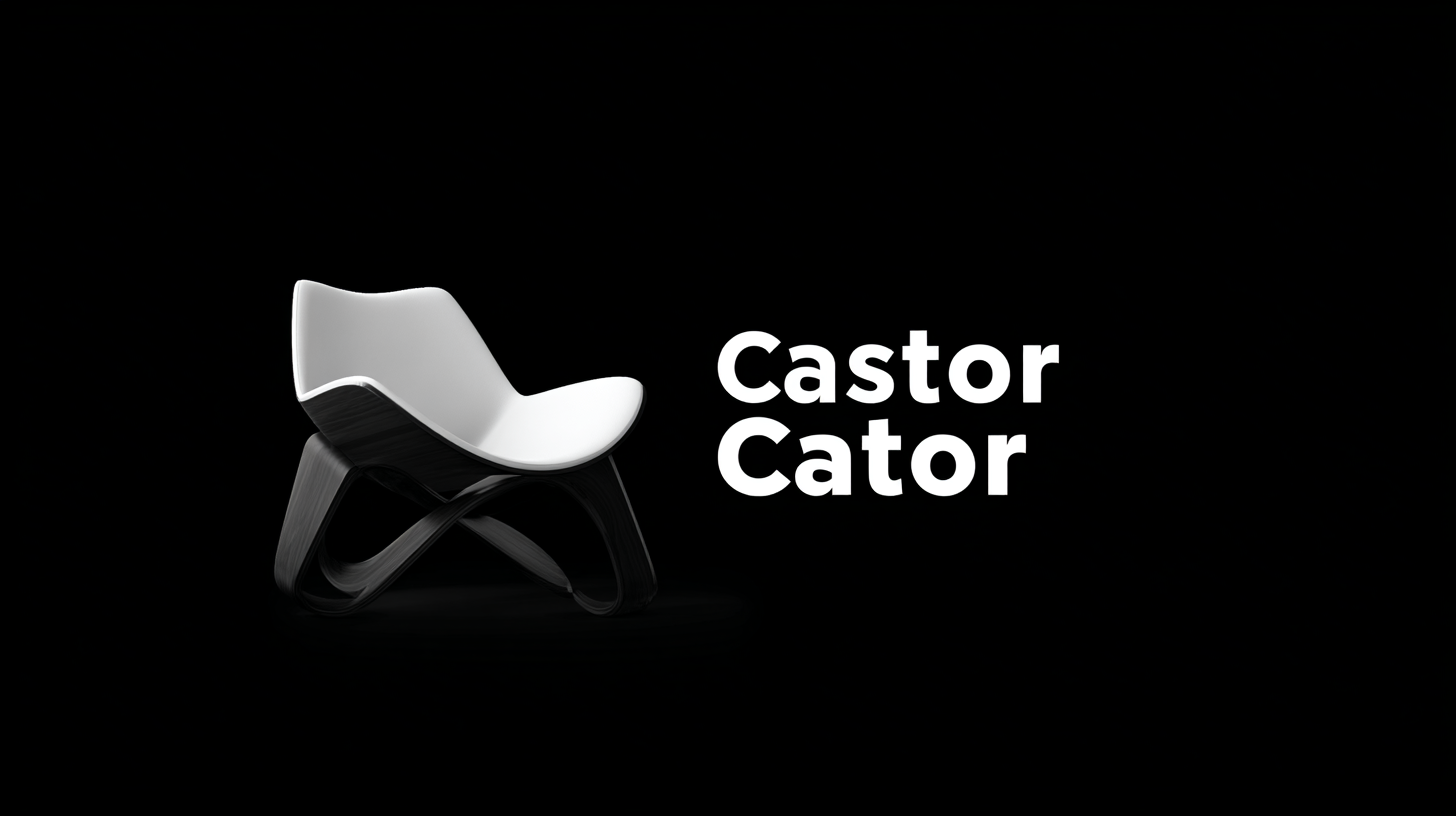
Innovative Best Furniture Castor Designs for Modern Global Buyers
In the rapidly evolving world of interior design and furniture manufacturing, the significance of well-designed Furniture Castors cannot be overstated. According to a recent report by MarketResearch.com, the global furniture market is projected to reach $650 billion by 2025, with an increasing focus on functionality and aesthetic appeal. As more consumers prioritize mobility and versatility in their home and office spaces, the demand for innovative castor designs continues to surge.

Modern buyers are seeking Furniture Castors that not only enhance the maneuverability of their furniture but also complement contemporary design trends. This blog will delve into a comparative analysis of the latest castor designs, exploring how they cater to the preferences of today's global market, while highlighting the technological advancements and materials that make these products a must-have for modern interiors.
Exploring the Evolution of Furniture Castor Designs in China
The evolution of furniture castor designs in China reflects a fascinating blend of traditional craftsmanship and modern innovation. Traditionally, castors were functional, primarily designed to enhance mobility in furniture pieces like chairs and tables. However, as consumer preferences shifted towards aesthetics and personalization, manufacturers began to explore diverse materials and designs, transforming these functional items into stylish accessories that complement various interior themes.
In recent years, the influence of global design trends has also reshaped the landscape of furniture castor development in China. The incorporation of materials such as metal, wood, and durable plastics with intricate patterns and colors has become increasingly popular. This not only caters to modern buyers who favor a balance of functionality and style but also showcases the versatility of Chinese craftsmanship. As a result, contemporary castors now serve as statement pieces that add an artistic flair while maintaining their essential purpose of facilitating easy movement.
Quality Craftsmanship: The Backbone of China's Furniture Castor Manufacturing
Quality craftsmanship is at the heart of China's furniture castor manufacturing, playing a crucial role in not only enhancing the functionality of furniture but also in elevating its aesthetic appeal. Chinese artisans have perfected the art of making furniture castors that combine durability with elegant design, catering to the demands of modern global buyers. The meticulous attention to detail and the use of premium materials ensure that each castor not only serves a practical purpose but also complements the overall style of contemporary furniture.
In today's fast-paced world, consumers prioritize both innovation and functionality in their home furnishings. Chinese manufacturers have risen to this challenge by incorporating advanced technology and traditional craftsmanship methods into their production processes. This synergy results in furniture castors that not only glide smoothly but are also engineered to withstand the rigors of everyday use. The commitment to quality craftsmanship ensures that these castors remain reliable over time, providing peace of mind for buyers seeking lasting solutions for their furniture needs. As the global market continues to evolve, China's dedication to producing high-quality furniture castors positions them as leaders in the industry, setting new trends and standards for excellence.

Sustainability in Furniture Castor Production: Trends and Innovations
As modern global buyers increasingly prioritize sustainability, the furniture industry is witnessing a significant shift towards eco-friendly castor designs. The latest trends indicate that manufacturers are exploring innovative materials and production methods to reduce environmental impact. The Office Furniture Market is projected to reach USD 88.58 billion by 2033, growing at a CAGR of 3.36%. This surge is largely driven by the demand for sustainable products, further emphasizing the importance of castors that not only enhance functionality but also contribute to a greener future.
Sustainable bioplastics, derived from renewable resources, are emerging as viable alternatives in the production of furniture castors. These materials boast a lower carbon footprint compared to conventional plastics, aligning with the industry's movement towards reducing environmental impact. Furthermore, trade fairs like INDIAWOOD 2025 are showcasing advancements in woodworking and furniture manufacturing, highlighting innovative approaches to sustainability. By incorporating these trends, furniture designers can cater to environmentally conscious consumers while remaining competitive in a rapidly evolving market.
| Design Type | Material Used | Sustainability Feature | Market Trend | Price Range ($) |
|---|---|---|---|---|
| Swivel Castors | Recycled Plastic | 100% Recyclable | Increased Demand for Eco-friendly Products | 15 - 30 |
| Lockable Castors | Bamboo | Biodegradable Material | Rising Interest in Natural Materials | 20 - 40 |
| Heavy-Duty Castors | Recycled Steel | Durable and Sustainable | Focus on Longer Lifespan | 50 - 80 |
| Furniture Castors with Soft Treads | Natural Rubber | Non-toxic and Safe | Healthy Home Trend | 25 - 50 |
| Multi-Directional Castors | Reclaimed Wood | Repurposed Material | Minimalist Design Movement | 40 - 70 |
Global Market Trends: How Chinese Castors Meet International Demand
The global furniture market is witnessing a significant shift, driven by the rising demand for innovative and functional designs. Chinese manufacturers have been at the forefront of this trend, producing castors that cater not just to local needs, but also to international markets. Their ability to combine cutting-edge technology with aesthetic appeal enables them to create castors that enhance both the usability and the style of modern furniture. This adaptability has made Chinese castors a preferred choice among global buyers seeking reliable and stylish solutions.

In response to international demand, Chinese castor manufacturers are increasingly focusing on materials that are sustainable and environmentally friendly. This is in line with global trends where consumers are more aware of their ecological footprint and favor products that are produced responsibly. Moreover, the integration of design thinking into product development ensures that these castors are not only functional but also visually striking, appealing to a wide variety of consumer preferences across different markets. As a result, Chinese castors are setting new standards in the furniture industry, aligning with the evolving expectations of modern buyers worldwide.
Design Aesthetics: The Fusion of Functionality and Style in Modern Castors
The design aesthetics of modern castors have evolved significantly, merging functionality and style to meet the needs of today’s global buyers. In the furniture industry, where the emphasis on both form and function is paramount, advanced castor designs demonstrate this fusion beautifully. A report by Grand View Research indicates that the global furniture market is expected to reach USD 650 billion by 2025, with rising demand for versatile and stylish furniture options. This trend has led manufacturers to innovate castor designs that not only enhance mobility but also complement contemporary decor.
One of the most exciting developments in castor design is the introduction of materials and aesthetic elements that resonate with modern sensibilities. For instance, the use of eco-friendly materials and sleek, minimalist designs has captured the attention of discerning consumers. According to a survey by Statista, around 50% of consumers prioritize sustainability when purchasing furniture, which drives brands to create castors that align with environmentally conscious ideals without compromising on style. This transition reflects a broader understanding that functional components like castors are no longer mere utilities; they are integral to the overall aesthetic appeal of furniture pieces, appealing to a market that values both innovation and visual harmony.
Innovative Best Furniture Castor Designs for Modern Global Buyers
This bar chart illustrates the popularity of different innovative furniture castor designs among modern global buyers. The data shows the percentage of preference for each design style based on a recent survey.
